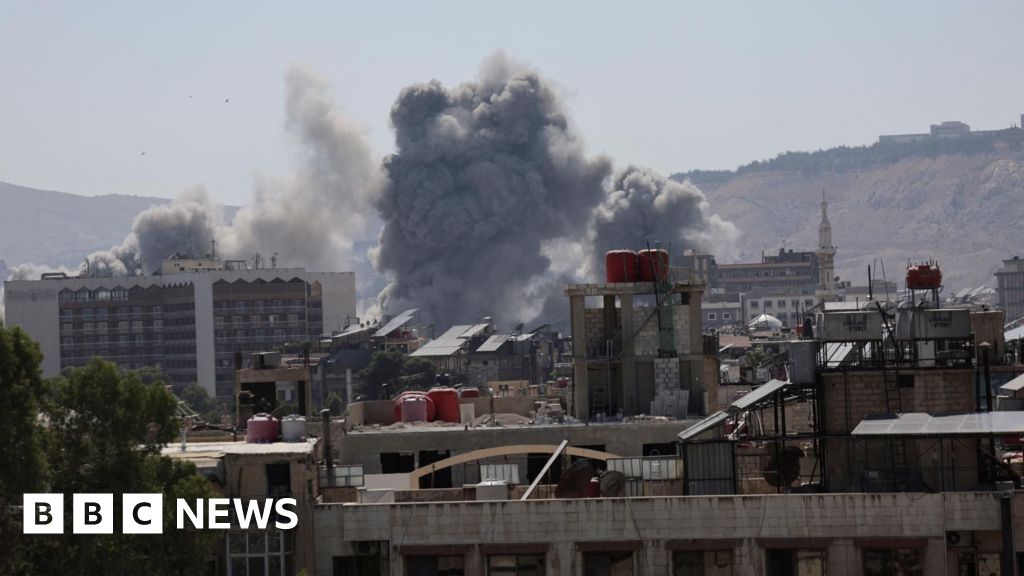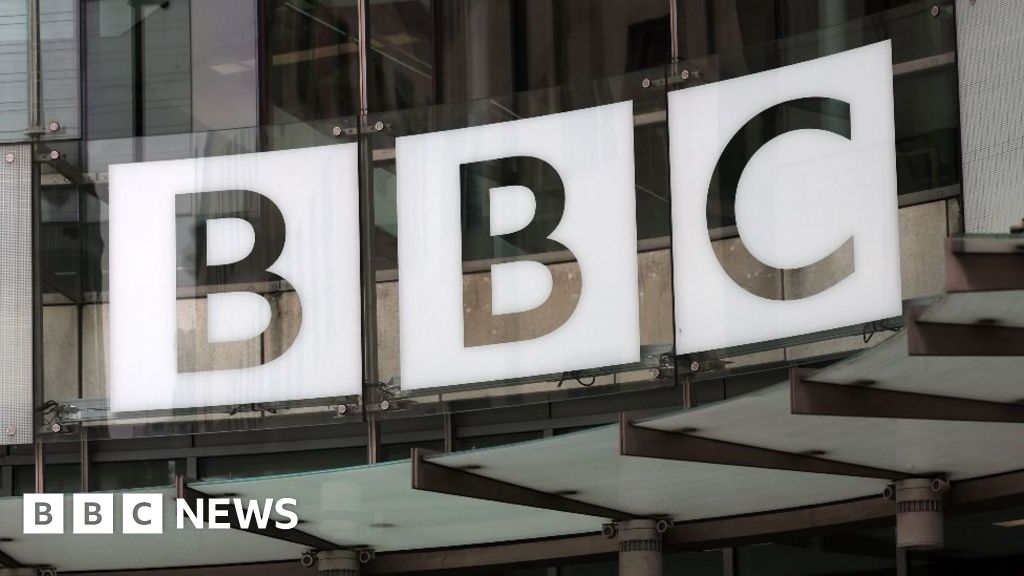The June 12 crash of an Air India Boeing 787 Dreamliner was the most deadly aviation disaster in a decade. A sole passenger miraculously survived the doomed flight that killed 260 people, including 19 on the ground, after the London-bound plane rammed into the dining hall of a medical college. Videos of the accident went viral: the plane had barely left the runway of Sardar Vallabhbhai Patel International Airport in the western Indian city of Ahmedabad before it began descending, ultimately exploding in a cloud of smoke and fire. The entire ordeal took about 30 seconds.
Many grieving families of the deceased had to provide DNA samples to verify the identities of their loved ones. They’ve also had to endure the anguish of not yet knowing how or why the disaster took place.
Exactly one month after the incident, the Aircraft Accident Investigation Bureau of India (AAIB) released its preliminary report on the crash. But the findings have led to a storm of speculation, and so far have provided more questions than answers.

To err is human?
The AAIB report revealed that the jet's fuel supply was cut off seconds after takeoff, and the plane started losing thrust before it had even crossed the airport’s perimeter. The fuel-control switches were turned off, which experts say is odd, since an aircraft's locking mechanism should prevent them from being accidentally moved.
The report included only a short snippet of conversation between the pilots in the cockpit. In the black box voice recording, one of the pilots is heard asking the other why he cut off the fuel. “The other pilot responded that he did not do so,” the report said.
On the day of the accident, 32-year-old first officer Clive Kunder was responsible for flying the Dreamliner while 56-year-old pilot-in-command Captain Sumeet Sabharwal was responsible for supporting the flight through communications with air traffic control and system monitoring. Both were experienced: Sabharwal had accumulated 15,638 total flying hours, including 8,596 hours on the Boeing 787, and Kunder had 3,403 flying hours, including more than a thousand hours on the Dreamliner. Both had passed all the required physical, mental and drug tests required.
This brief snippet of conversation has been interpreted as evidence of human error, or even deliberate sabotage.

Former pilot Marco Chan, now a senior lecturer in aviation operations at Buckinghamshire New University, says it is too soon to tell.
“The preliminary document’s job is to capture the timeline, physical evidence and initial recorder data; it deliberately avoids drawing conclusions or assigning blame,” he says, adding: "A single line of cockpit dialogue is not proof of human error, and the report doesn’t say why the switches moved, and whether that action was human, mechanical or electronic.”
Still, that hasn’t stopped speculation that one or both pilots either accidentally or deliberately caused the crash – speculation that has prompted anger from two major commercial pilots' associations in India, both of which have rejected those claims.
The Indian Commercial Pilots' Association said in a statement on Sunday that it was "deeply disturbed by speculative narratives ... particularly the reckless and unfounded insinuation of pilot suicide”, calling the theories “a gross violation of ethical reporting and a disservice to the dignity of the profession".
The Airline Pilots' Association of India (ALPA India), an organisation 800 members strong, also accused the AAIB of "secrecy" surrounding the investigation. "We feel that the investigation is being driven in a direction presuming the guilt of pilots and we strongly object to this line of thought," ALPA India president Sam Thomas said in a statement issued on Saturday.
Chan says he didn’t take the AAIB report to be biased in one way or another, but as a former pilot he understands the frustration. “I sympathise. In aviation we rely on evidence-driven safety culture. Premature blame – whether directed at pilots, regulators or manufacturers – undermines that culture and creates unnecessary public anxiety.”
Bernard Lavelle, principal consultant at BL Aviation Consulting, echoes that sentiment. “It's important to understand what this report was meant to do. It was never meant to say how and why the crash occurred. For now, it can only tell us what occurred. It did its job and I don’t think it highlights human error over any other thing."
“I understand the need to know, but this report was never meant to provide closure,” he says.
Mechanical or electrical fault?
Chan says that for now, the data can be read three ways: inadvertent crew action, an unintended electronic event, or a wiring/relay fault that simulated switch movement.
“Right now, we simply do not have enough evidence to rank those scenarios,” he says.
Equipment malfunction – be it an issue of maintenance, a fault in the aircraft or something else entirely – also cannot be ruled out.
“The statements in the report simply mean no obvious defect has been found in other fleets,” says Chan.
But both Air India and Boeing have a lot at stake if future reports reveal any kind of electronic or mechanical error.
Air India underwent a merger last year in an effort to revive its rapidly deteriorating reputation and Boeing has been mired in controversy for years, mainly for a series of major and minor accidents involving its 737 Max aircraft.
Boeing issued a report on Sunday along with US Federal Aviation Administration (FAA) regulators saying that the fuel-control switch locks on Boeing planes were safe and checks were not required. But India and South Korea on Monday ordered its airlines to examine the same switches on several Boeing models, indicating intensified scrutiny of the fuel-control switch locks at the centre of the crash investigation.

“Boeing stands by their advisories, but I don’t know whether that’s put the issue to bed,” says Lavelle.
An advisory from the FAA in 2018 recommended, but did not mandate, operators of several Boeing models including the 787 to inspect the locking feature of fuel-control switches to ensure they could not be moved accidentally. The Air India preliminary report said the airline had not carried out the FAA's suggested inspections as the advisory was not a requirement, but it did say that maintenance records showed the throttle control module – which includes the fuel-control switches – was replaced in both 2019 and 2023 on the plane that crashed.
Chan says the fuel-control switch locks are something he’ll be looking out for in upcoming reports.
"Was the 'locked' version actually installed on this aircraft, and was it functioning? Or the hardware could be mechanically sound, yet still receive a spurious 'cutoff' signal," he says. "We won’t know until bench tests and teardown inspections are finished.”
Chan warns against focusing blame on the pilots prematurely. “It can happen in accident history, label something 'pilot error' and deeper systemic flaws go unaddressed.”
But he’s hopeful that the truth will be revealed.
“The AAIB has already invited observers from various third parties – an encouraging sign that multiple independent eyes are on the data. If the evidence ultimately points to a system fault, it will be difficult for any stakeholder to hide behind a human-error label.”
'Better right than quick'
The incident is a wake-up call for the aviation industry. “It is a stark reminder that low-frequency, high-consequence events still occur, even with modern automation,” says Chan. “The loss of lives on board and on the ground is the worst commercial-jet accident in a decade.”
It will take at least a year for the final conclusions to be released, Lavelle predicts. “The answers could take at least another 12 months to be revealed, which is in line with the investigative process.”
He says it takes months to download and analyse data correctly, and that the investigation will be looking at maintenance records going back five years as well as both pilots' histories in detail. Relevant experts will likely be consulted and each finding, he says, will weed out theories until the truth is revealed.
“It’s like a jigsaw puzzle, and it is far better to be right than quick.”











 English (US) ·
English (US) ·